Papal Conclaves Explained: The Process Of Electing A New Pope
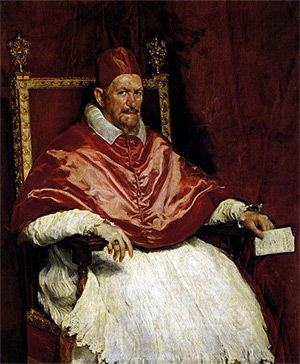
Table of Contents
The Death or Resignation of a Pope
The process of electing a new Pope begins with the death or resignation of the reigning pontiff. This triggers a meticulously defined set of procedures. The death, or the acceptance of a resignation, must be formally confirmed. This confirmation typically involves the Camerlengo, a high-ranking Cardinal, verifying the death and officially announcing the sede vacante – the vacancy of the Holy See. This marks the beginning of the sede vacante period, a time of transition during which the College of Cardinals prepares for the election.
- Confirmation of the death/resignation: This involves medical certification and formal declarations.
- The sede vacante period begins: This period is governed by specific rules outlined in the Apostolic Constitution Universi Dominici Gregis.
- The College of Cardinals is convened: This body, composed of Cardinals from around the world, is responsible for electing the new Pope.
The Role of the College of Cardinals
The College of Cardinals is the electoral body responsible for selecting the new Pope. It's crucial to understand the distinction between Cardinal electors and non-elector Cardinals. Only Cardinals under the age of 80 are eligible to participate in the conclave as electors. Non-elector Cardinals, those over 80, participate in preparatory activities but do not vote.
- Cardinal electors' eligibility criteria: Must be under 80 years old at the time the sede vacante begins.
- Their role in the election process itself: They participate in all phases of the conclave, from the initial meetings to the final ballot.
- The importance of their collective decision-making: The weight of this decision is immense, affecting billions of Catholics worldwide. Their deliberations are guided by prayer, discernment, and a commitment to selecting a leader worthy of the papacy.
Preparation for the Conclave
The preparations for a Papal Conclave are meticulous and far-reaching. The logistical complexities involved in housing and supporting a large group of Cardinals from across the globe, while maintaining absolute secrecy, are substantial.
- Securing the Sistine Chapel: The Sistine Chapel is rigorously secured, transformed into a secure voting chamber.
- Accommodation for the cardinals: Suitable lodgings are provided for the Cardinals, ensuring their comfort and the maintenance of seclusion.
- Ensuring secrecy and communication protocols: Strict communication protocols are implemented to prevent leaks and maintain the integrity of the election process. Cell phones and outside communication are strictly prohibited.
The Conclave: Secrecy and the Voting Process
The conclave is characterized by an atmosphere of intense prayer and deliberation, all conducted under the strictest secrecy. The cardinals are confined within the designated area, with limited contact with the outside world. The voting process itself involves secret ballots, meticulously counted to ensure accuracy and fairness.
- The significance of the "fumata bianca" (white smoke): The appearance of white smoke from the Sistine Chapel chimney signals to the world that a new Pope has been elected.
- The "fumata nera" (black smoke) and its meaning: Black smoke indicates that no candidate has yet reached the required two-thirds majority.
- The process of electing a Pope (detailed step-by-step): The Cardinals engage in several rounds of voting until a candidate achieves the necessary two-thirds majority. The process involves written ballots, scrutiny of votes, and careful counting procedures.
Announcing the New Pope (Habemus Papam!)
The announcement of the new Pope is one of the most anticipated moments in the Catholic world. When a new Pope is elected, the news is delivered from the balcony of St. Peter's Basilica with the iconic words, "Habemus Papam!" (We have a Pope!).
- The Papal name selection: The newly elected Pope chooses a papal name, often one with historical or theological significance.
- The first blessing Urbi et Orbi: The new Pope then delivers his first blessing to the city of Rome (Urbi) and to the world (et Orbi).
- The beginning of the new papacy: The election marks the commencement of a new papacy, a period of leadership and guidance for the Catholic Church.
Frequently Asked Questions about Papal Conclaves
Many questions surround the complex process of Papal Conclaves. Here are a few frequently asked questions:
- How long does a conclave typically last? Conclaves can vary in length, ranging from a few days to several weeks.
- What happens if no one is elected after a certain number of ballots? If no candidate receives the necessary two-thirds majority after a prolonged period, there may be discussions and further considerations.
- Can anyone participate in the conclave? No, only Cardinal electors (under 80) are allowed to participate in the voting process.
Conclusion
The election of a new Pope through Papal Conclaves is a deeply significant event, steeped in tradition and weighted with profound responsibility. Understanding the process, from the initial stages following the death or resignation of a Pope to the dramatic announcement of the "Habemus Papam!", reveals a fascinating blend of ritual, secrecy, and the profound spiritual weight of choosing a leader for the global Catholic Church. Deepen your understanding of Papal Conclaves by exploring further resources on the Vatican website. Discover more about the fascinating world of Papal Conclaves and their rich history.

Featured Posts
-
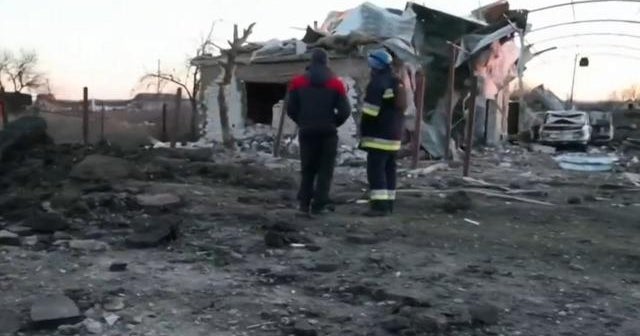 Post Easter Truce Russias Renewed Assault On Ukraine
Apr 22, 2025
Post Easter Truce Russias Renewed Assault On Ukraine
Apr 22, 2025 -
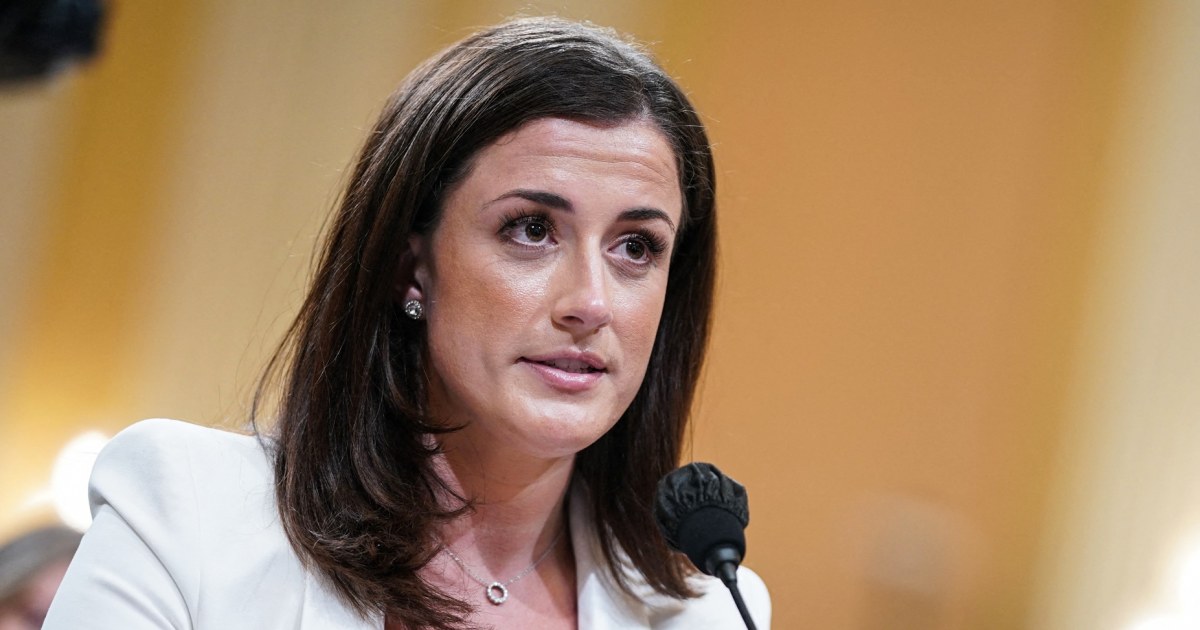 Cassidy Hutchinson Jan 6 Hearing Testimony And Upcoming Memoir
Apr 22, 2025
Cassidy Hutchinson Jan 6 Hearing Testimony And Upcoming Memoir
Apr 22, 2025 -
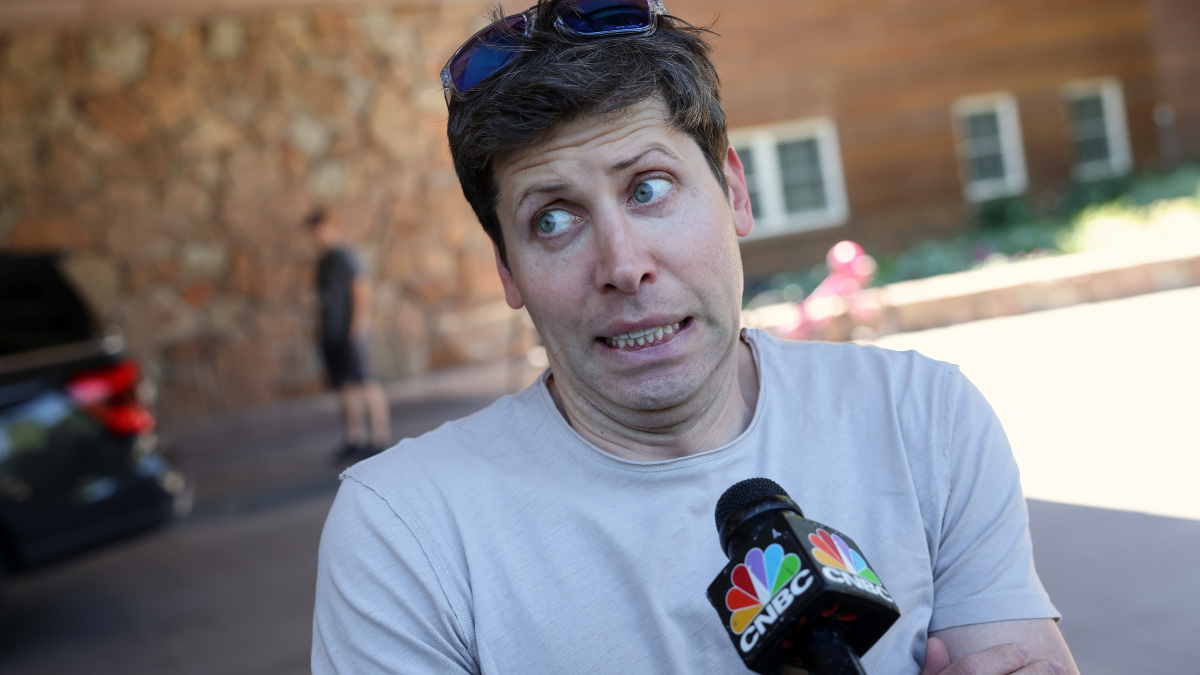 Chat Gpts Creator Open Ai Under Federal Trade Commission Investigation
Apr 22, 2025
Chat Gpts Creator Open Ai Under Federal Trade Commission Investigation
Apr 22, 2025 -
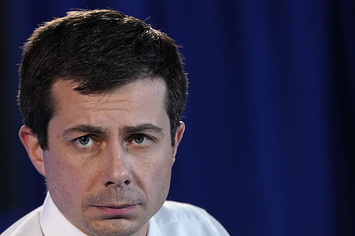 500 Million Settlement Looms Major Canadian Bread Price Fixing Case Heads To Court
Apr 22, 2025
500 Million Settlement Looms Major Canadian Bread Price Fixing Case Heads To Court
Apr 22, 2025 -
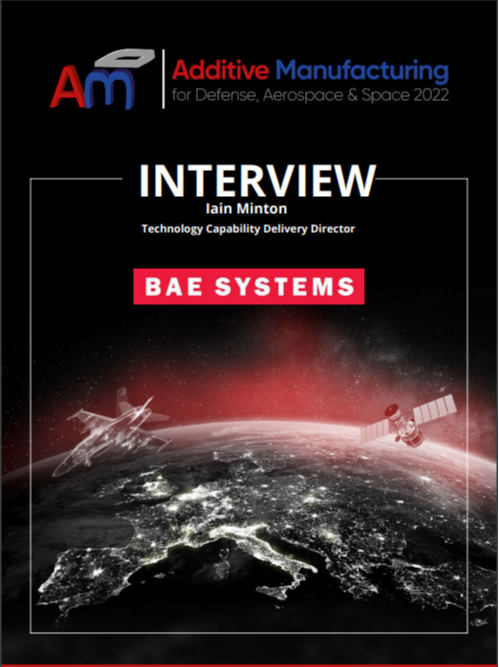 Bmw And Porsches China Challenges A Wider Industry Issue
Apr 22, 2025
Bmw And Porsches China Challenges A Wider Industry Issue
Apr 22, 2025
